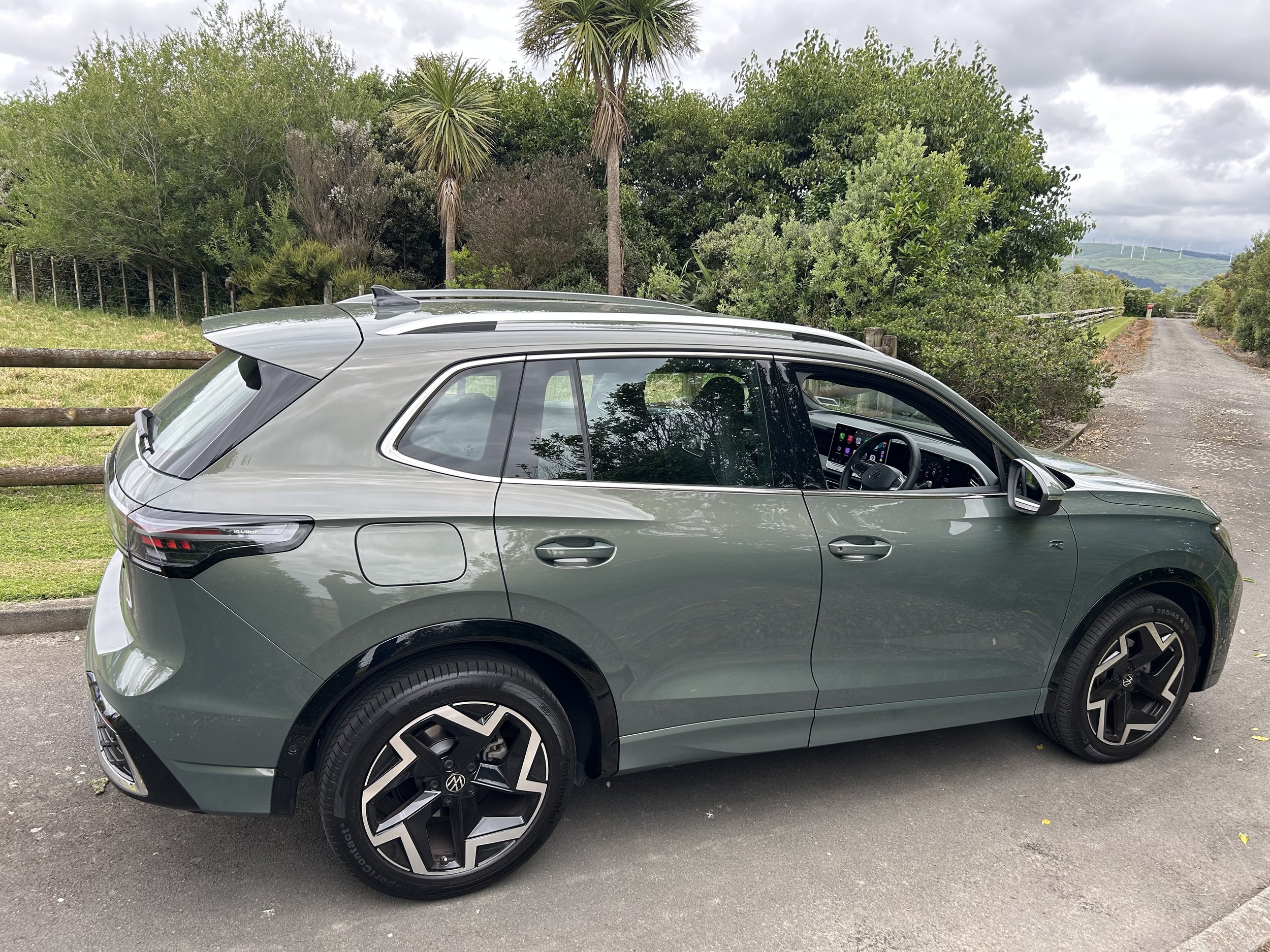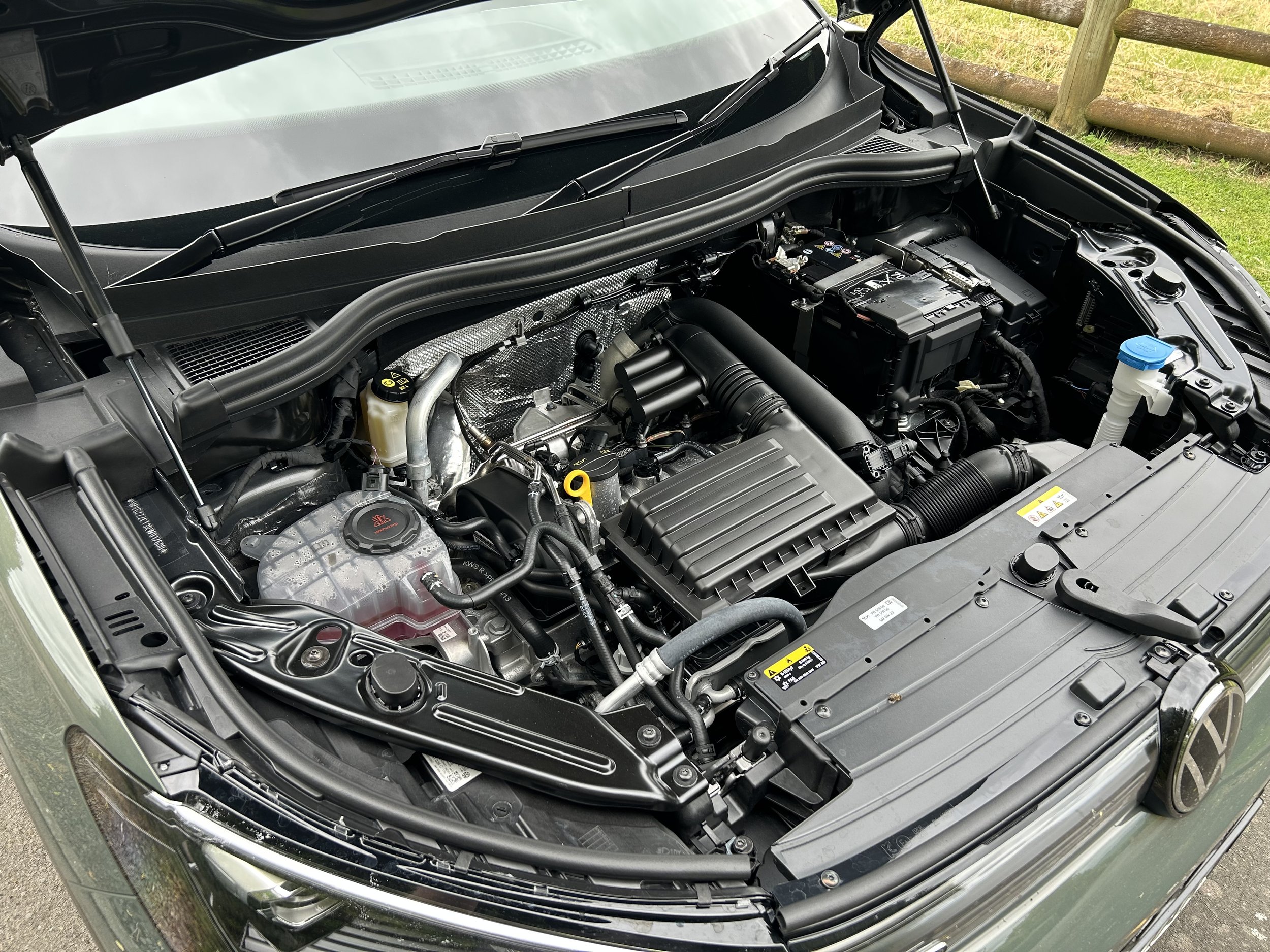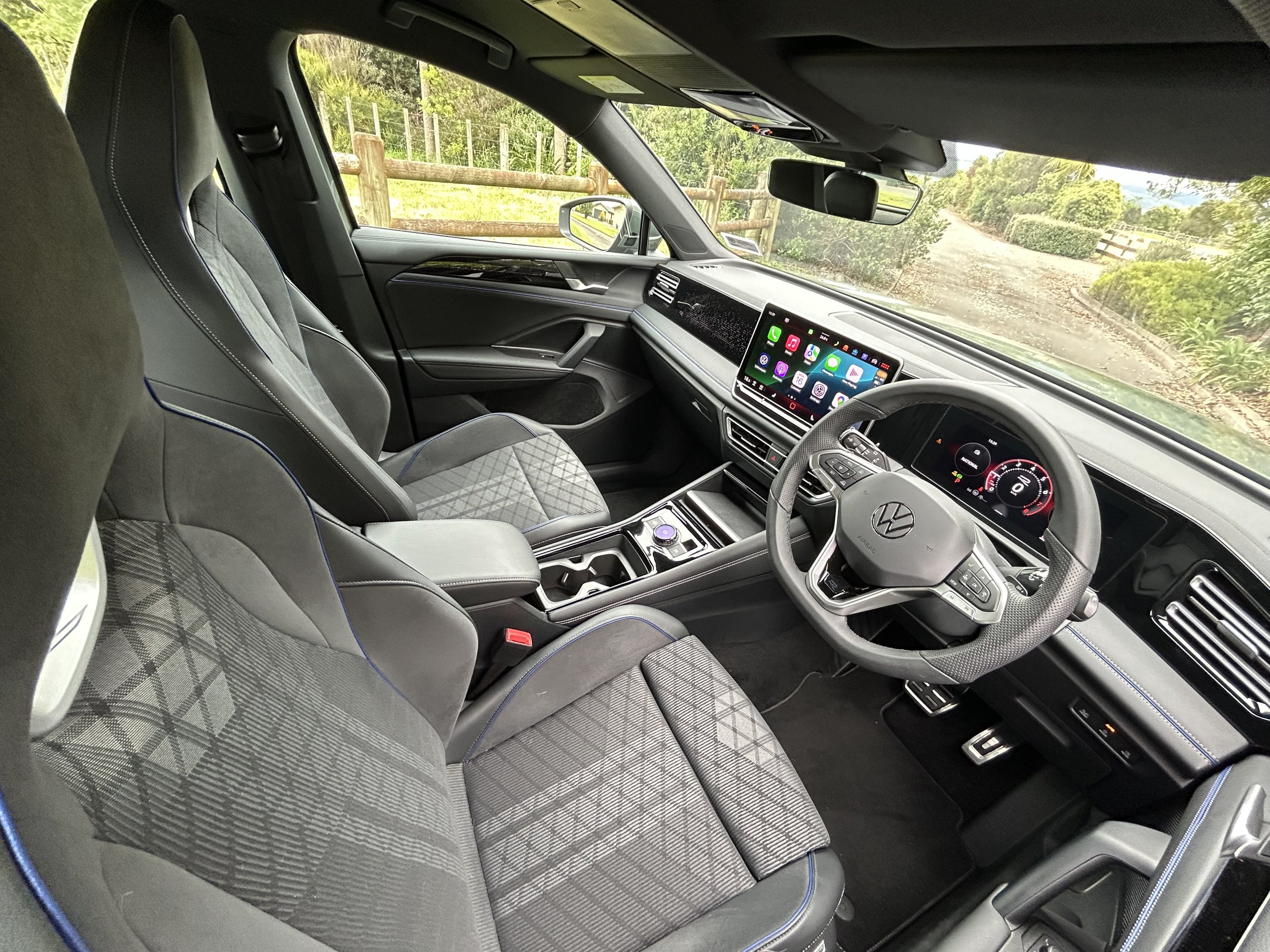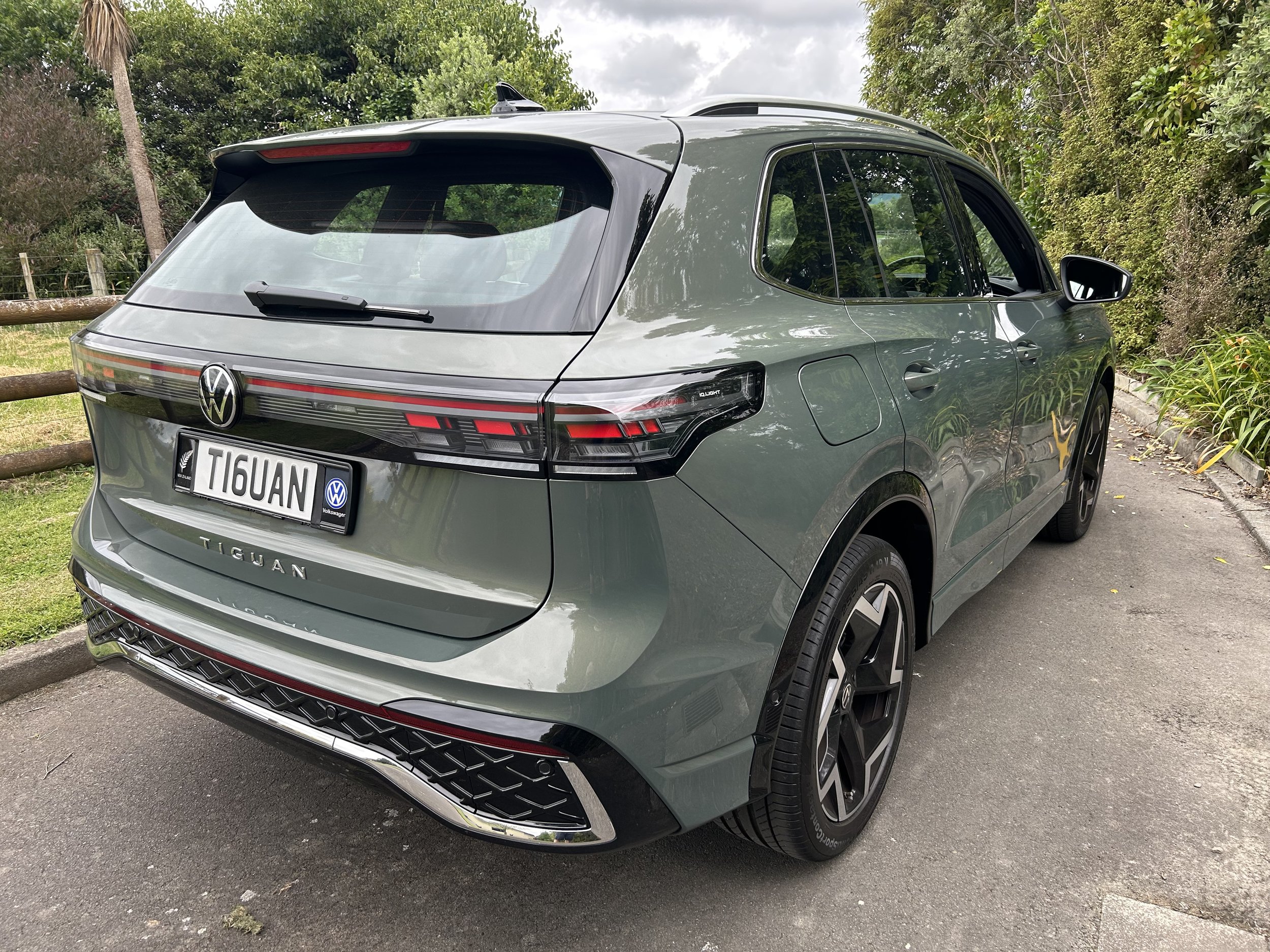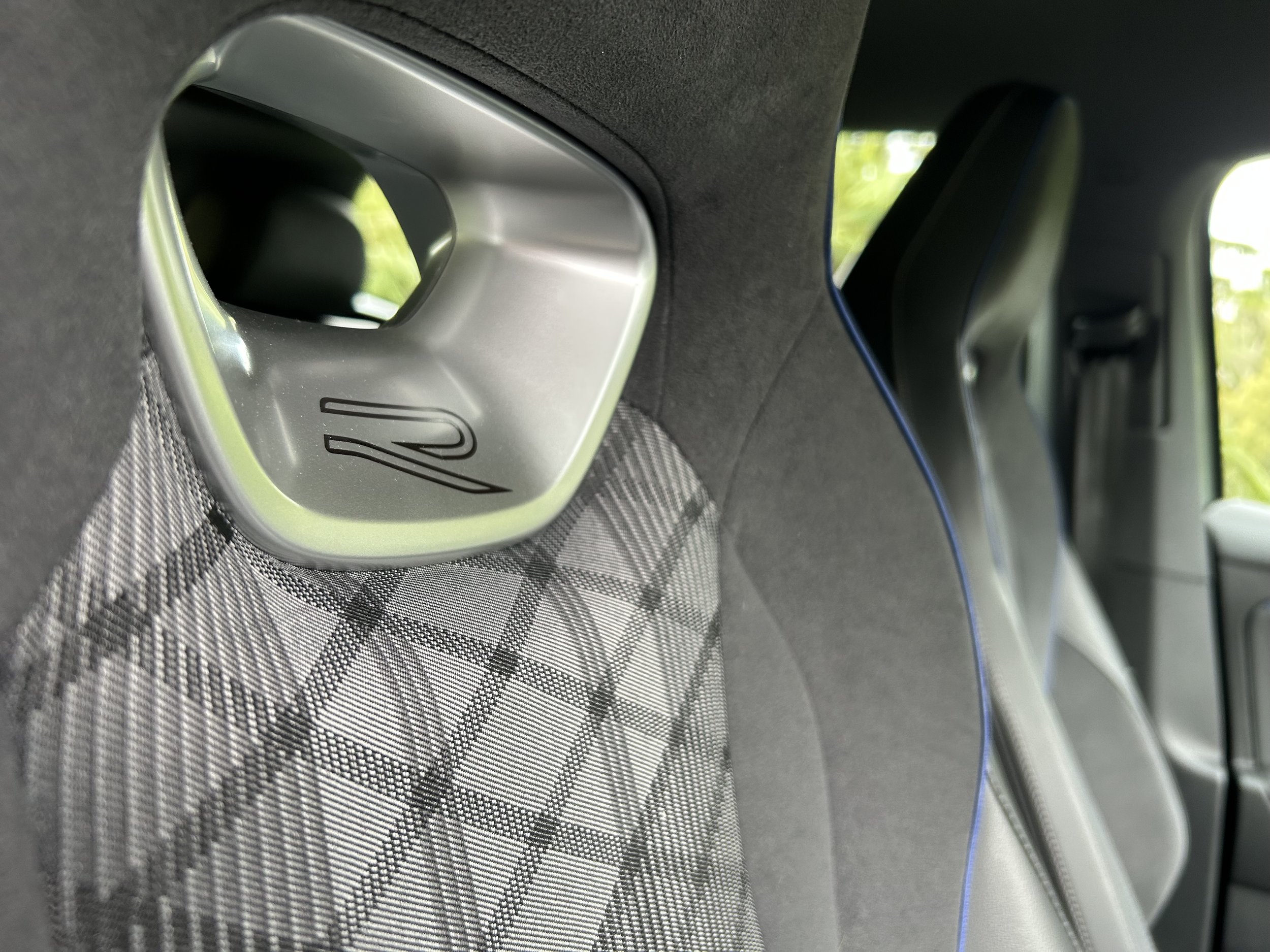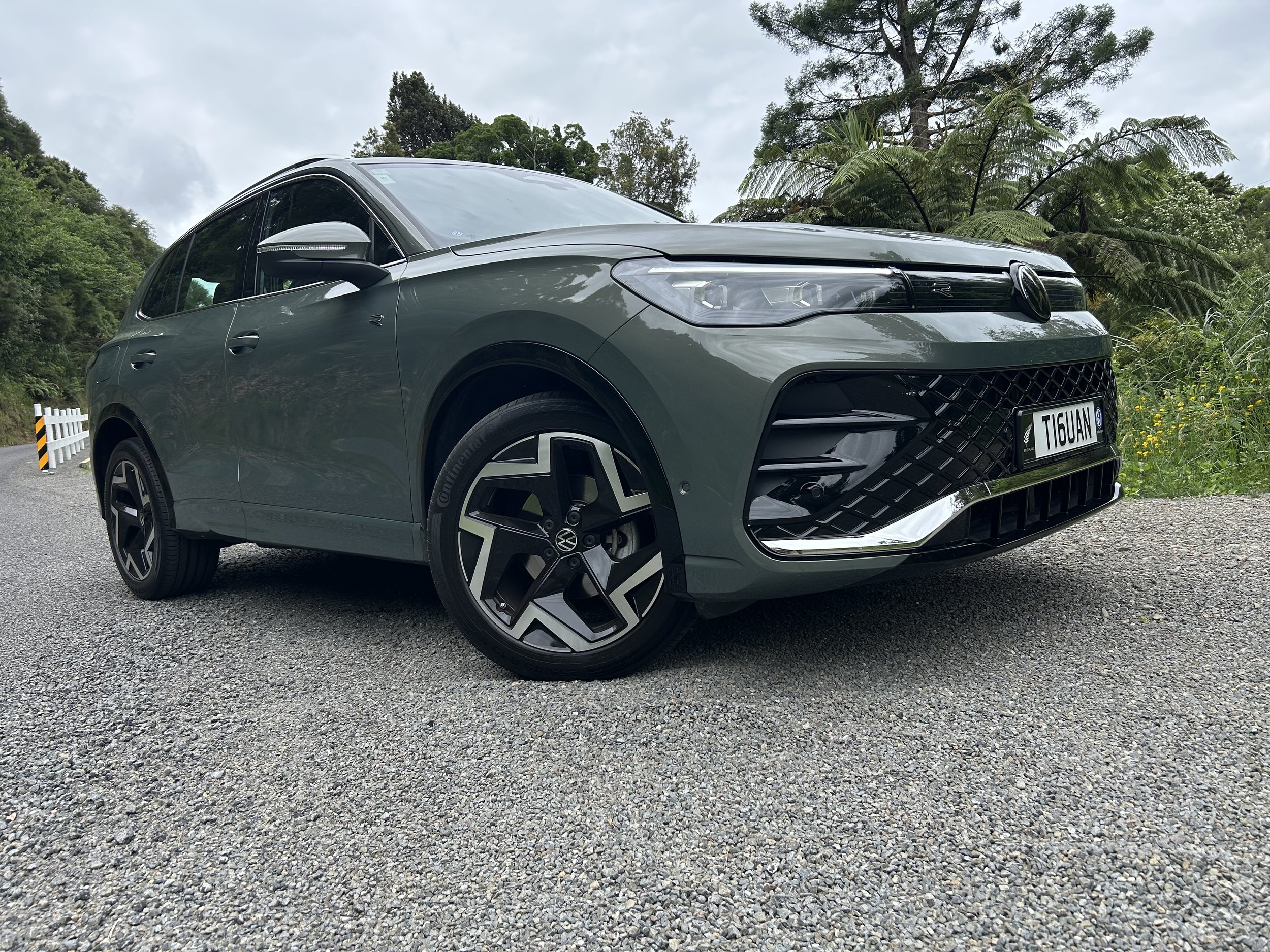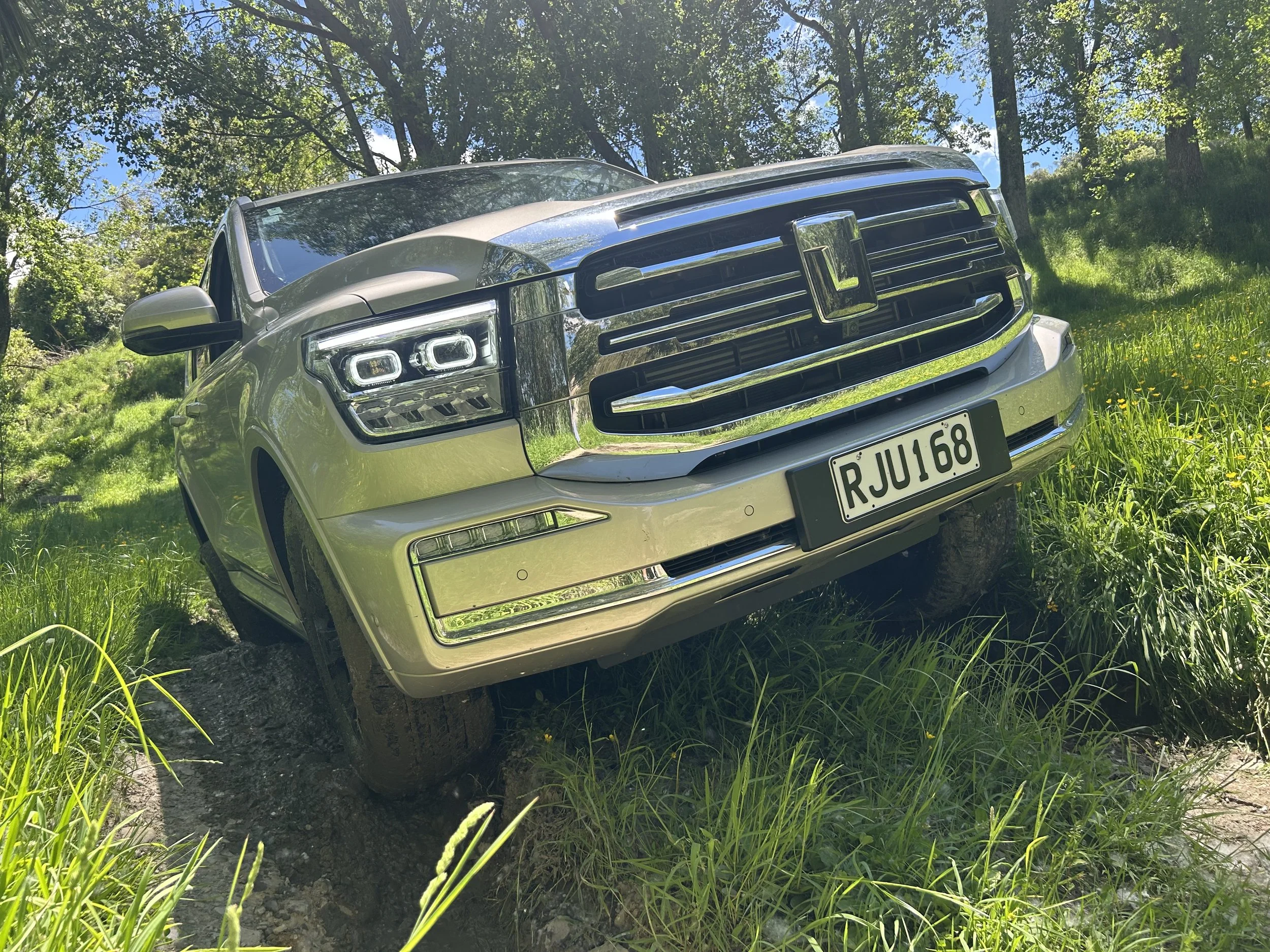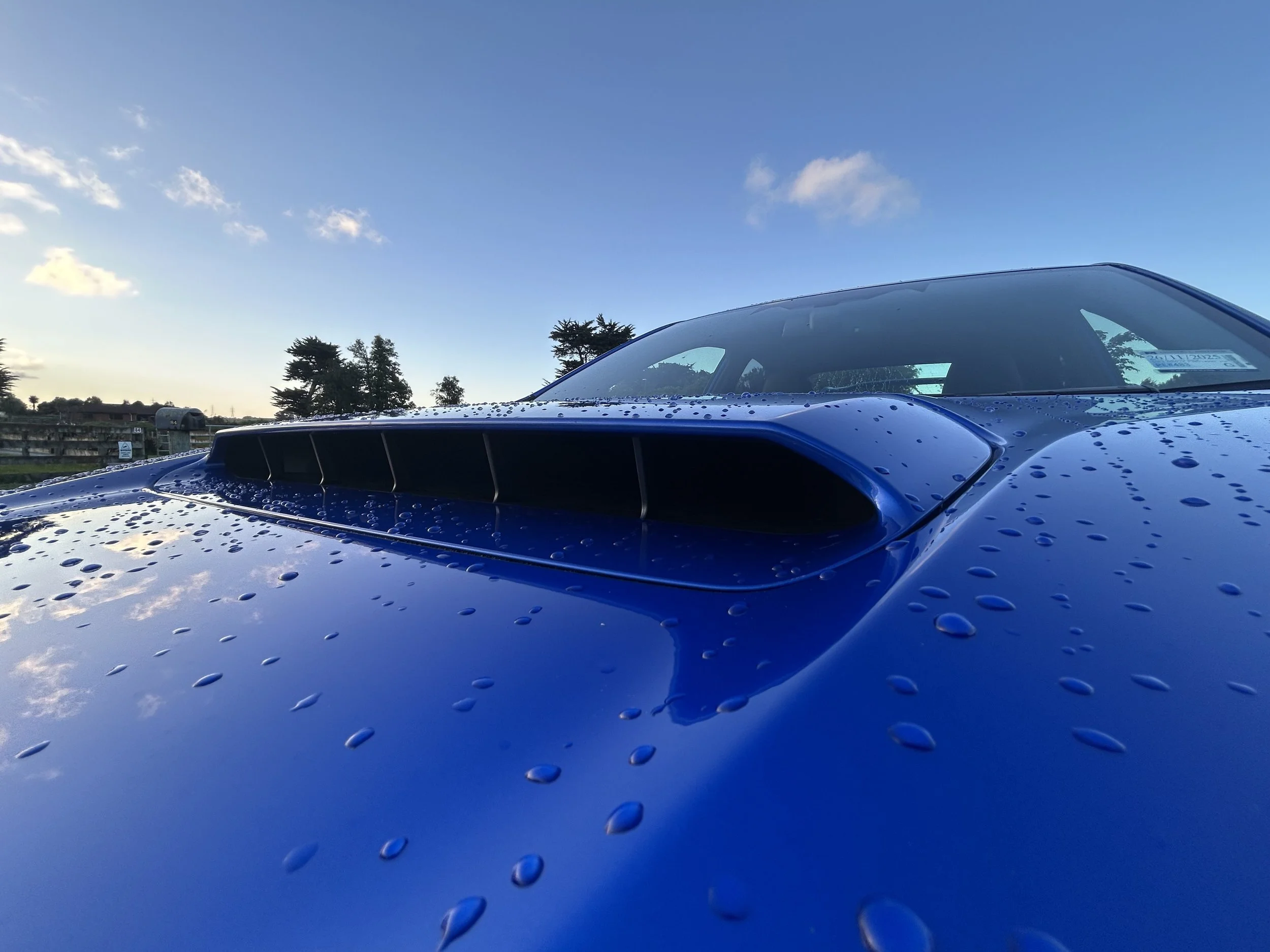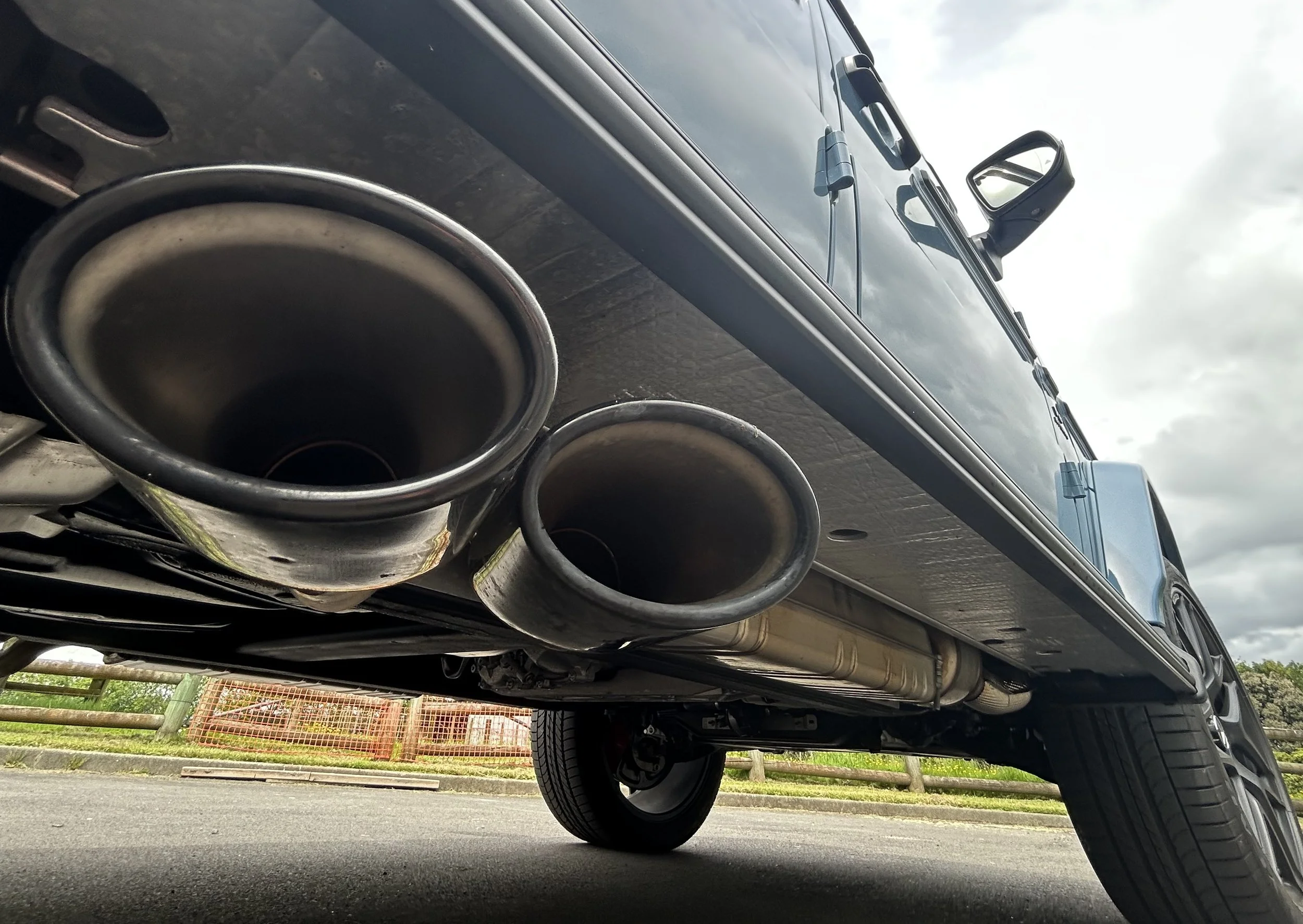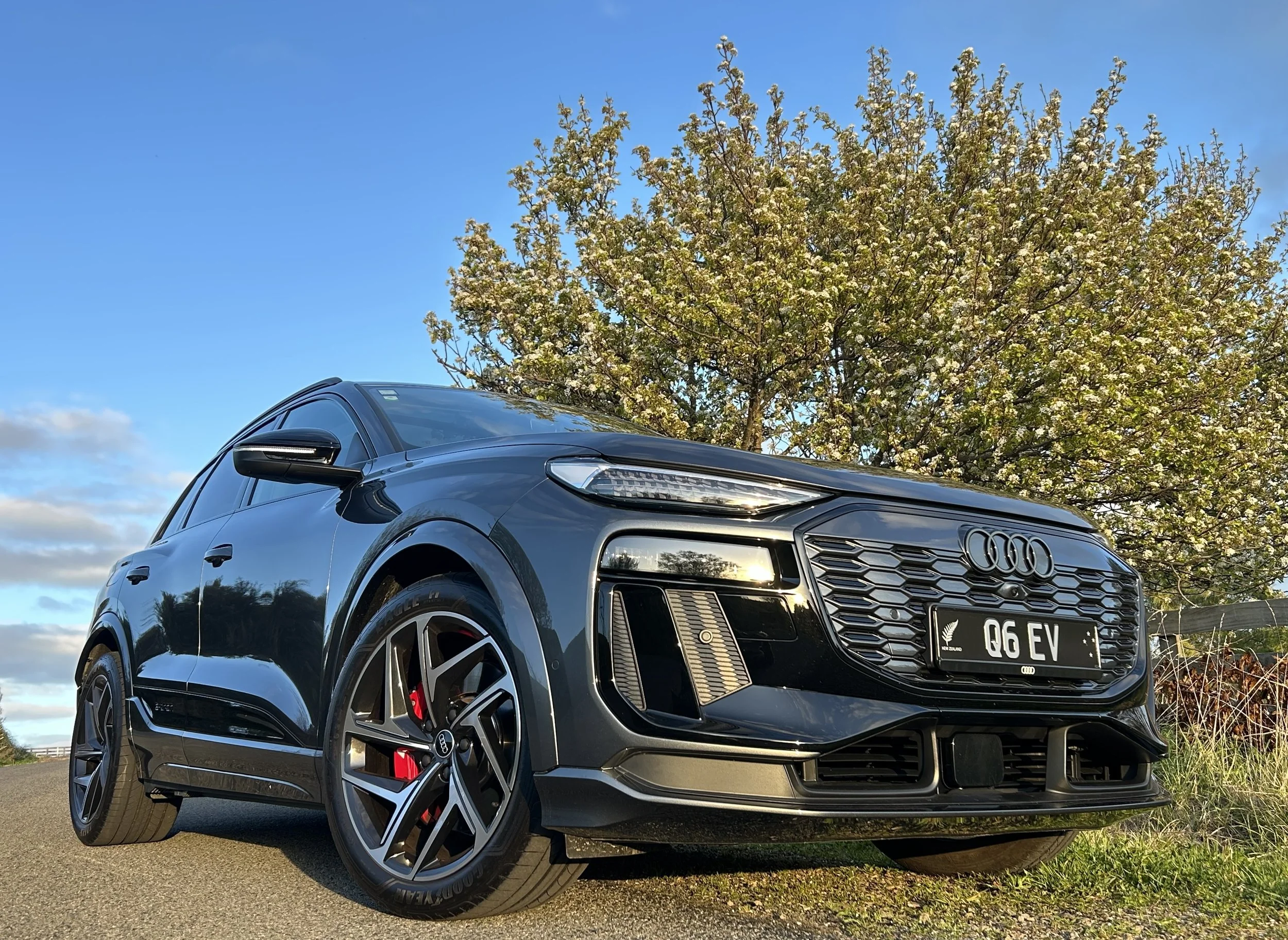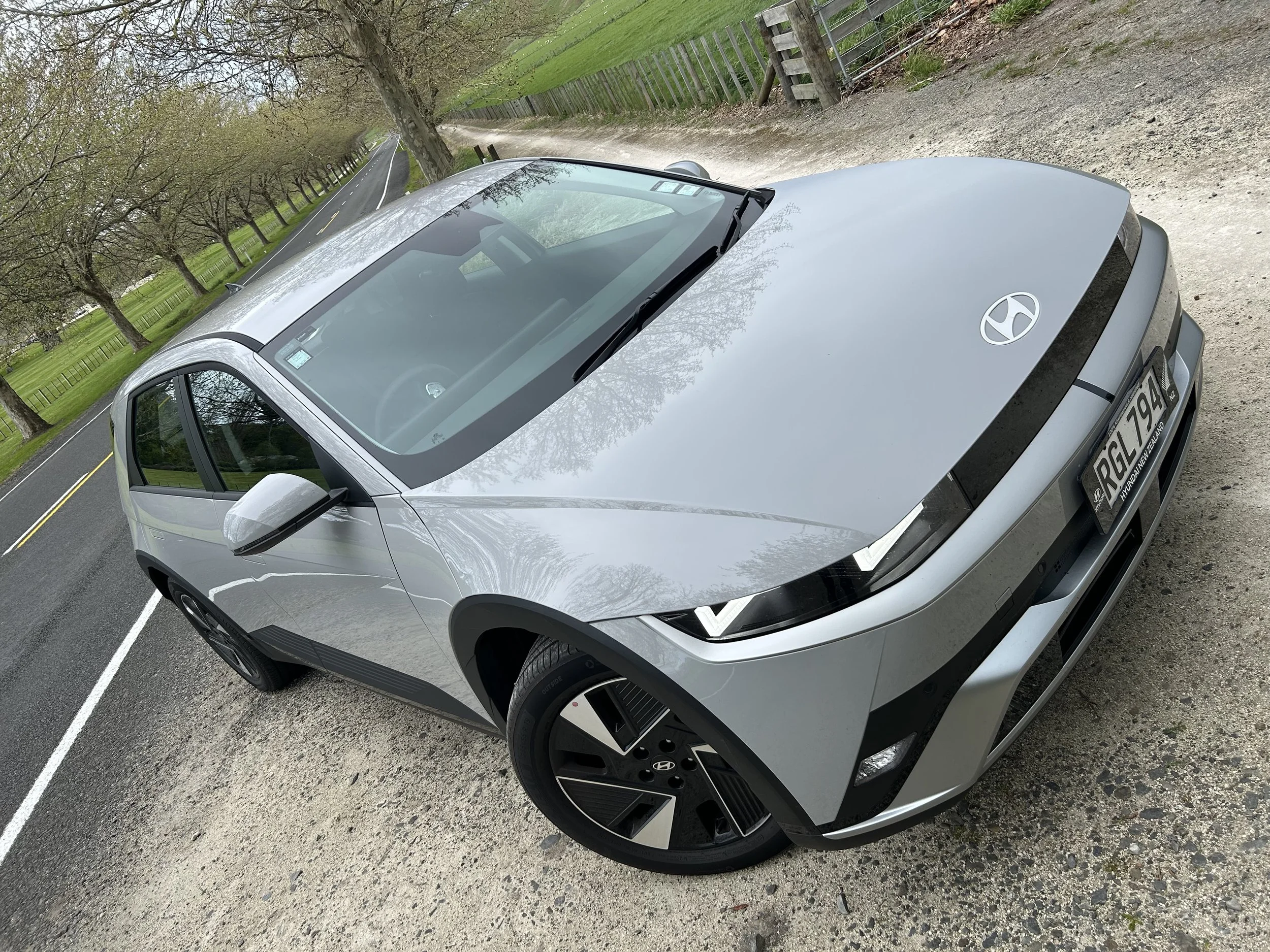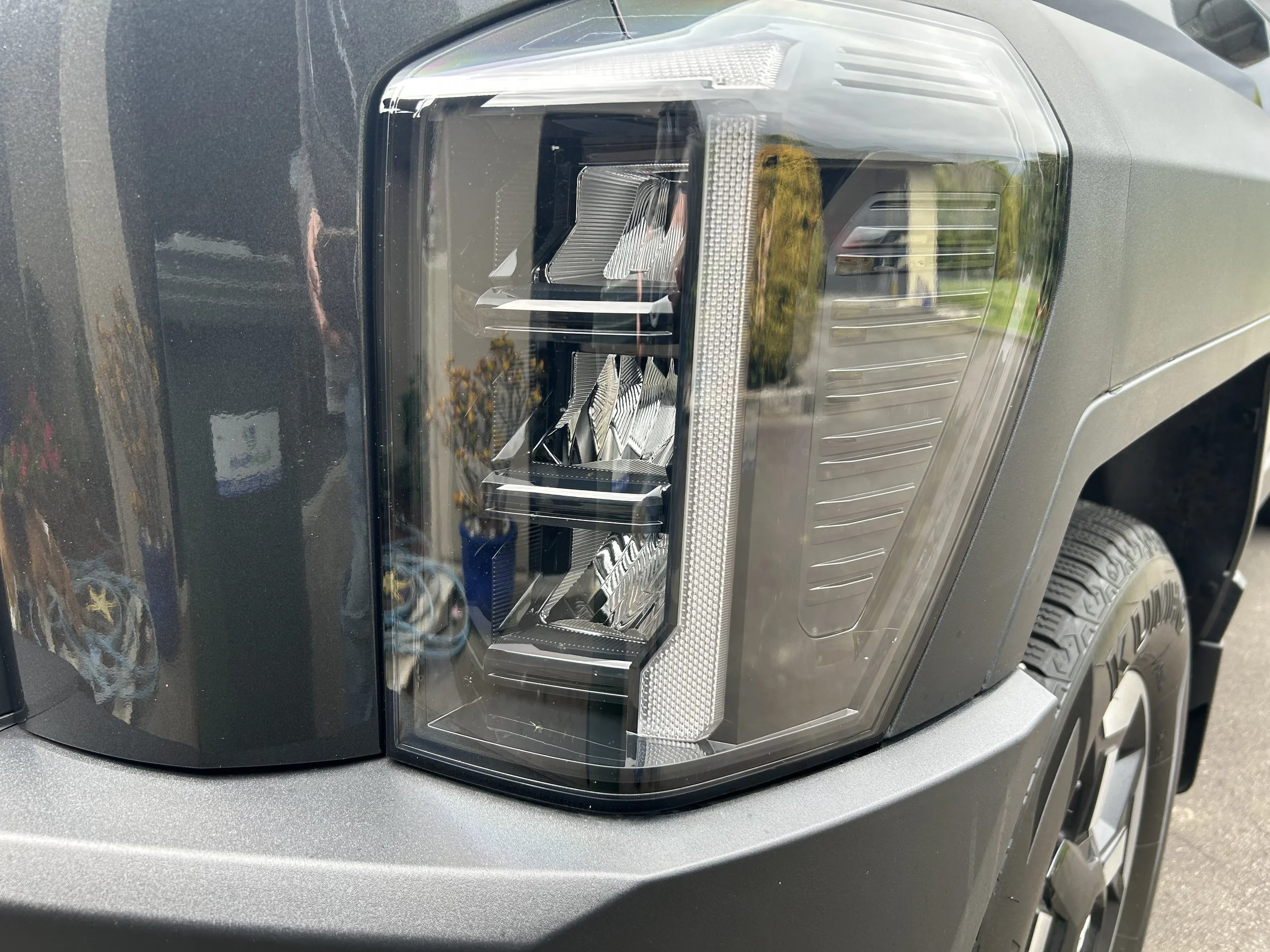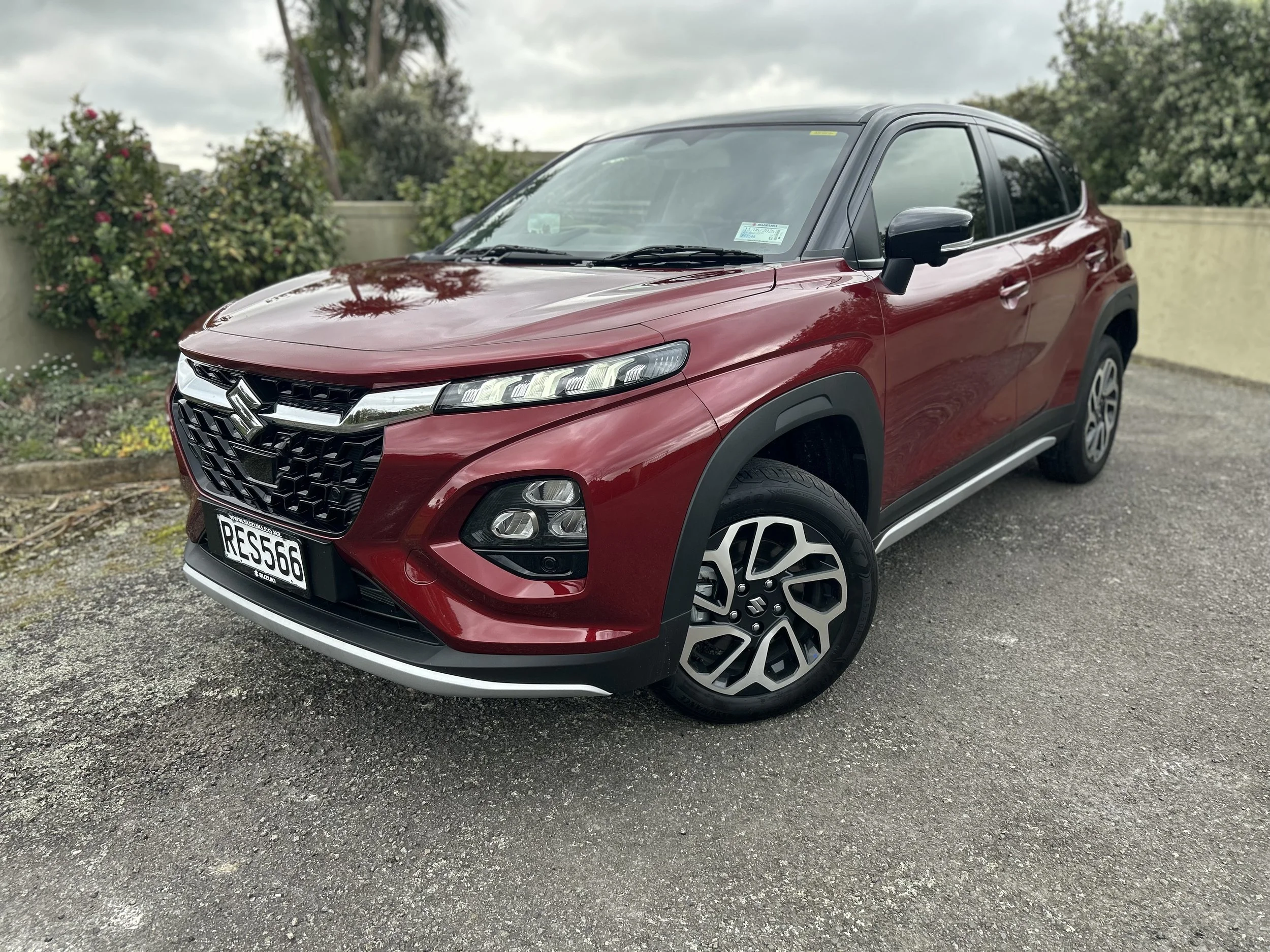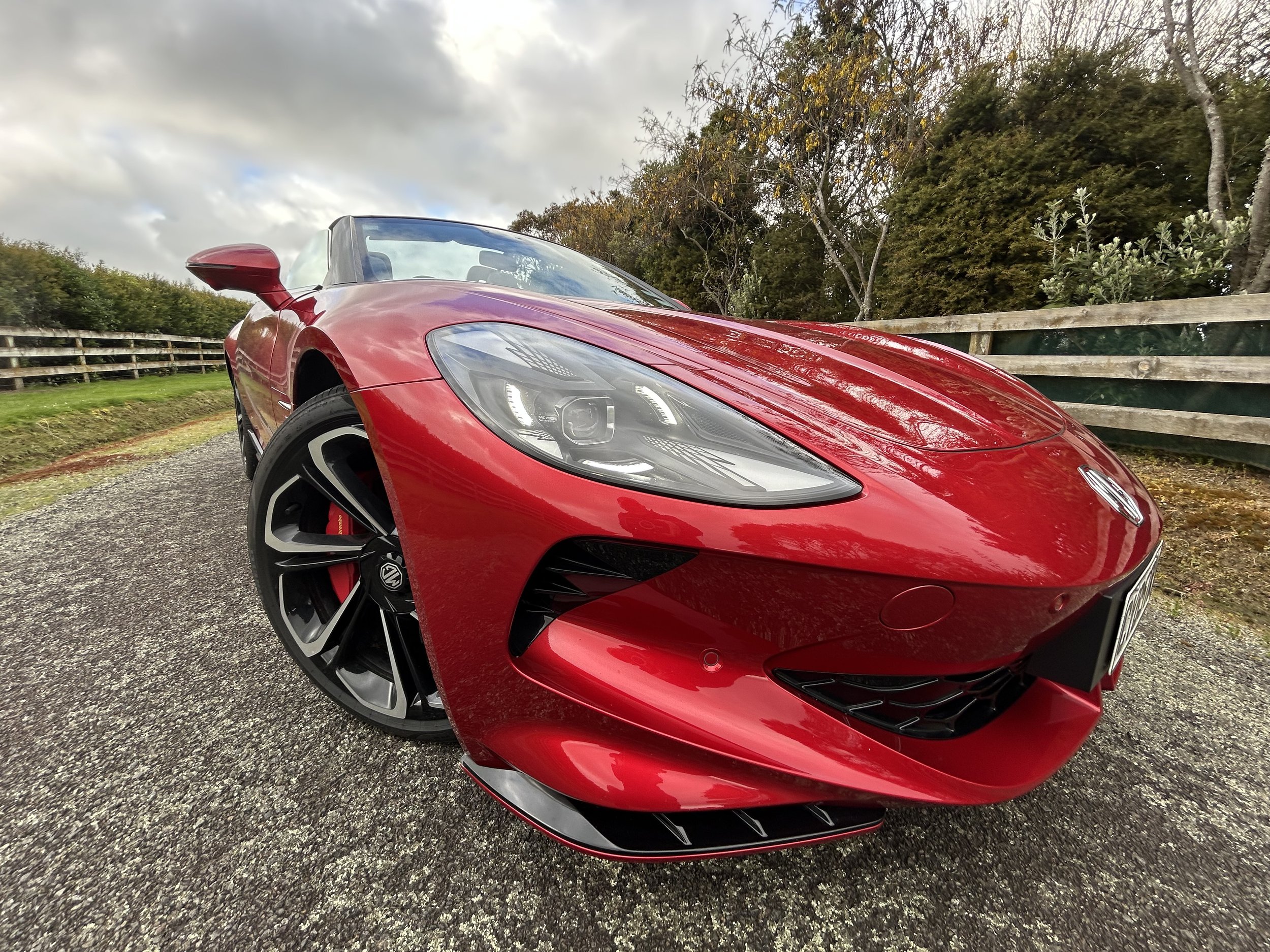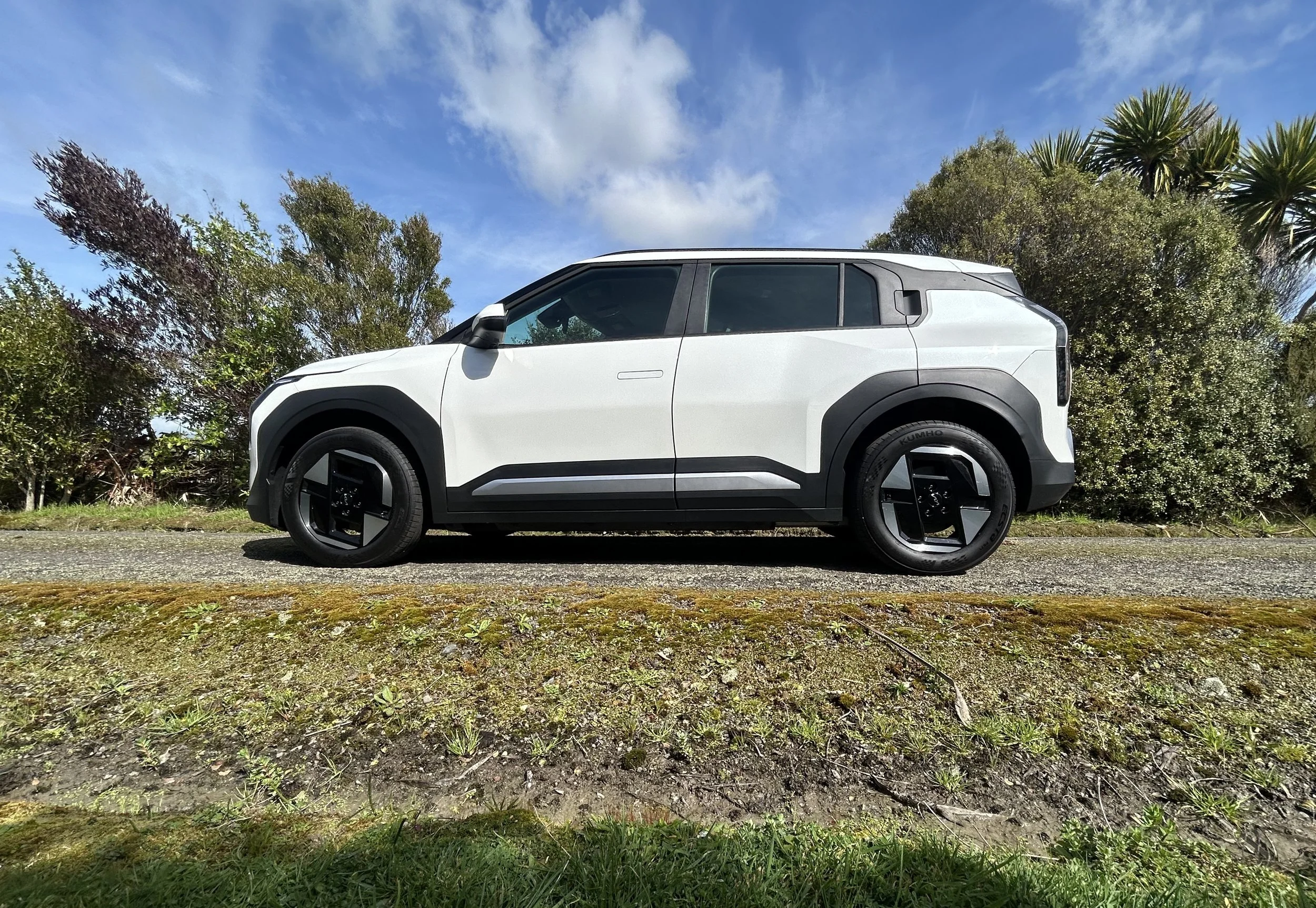VW Tiguan 1.4 R-Line: Sales champ still fighting fit?
/The third generation format of Wolfsburg’s best seller arrives with fresh looks and a more tech-set attitude.
How much: $61,490
Powertrain: 1.4-litre four-cylinder turbocharger petrol, 110kW/ 250Nm. Seven-speed dual clutch transmission.
How big: 4539mm long, 1859mm wide, 1658mm high.
We like: New look; dynamic feel; refinement and comfort; latest infotainment.
Not so much: Paying extra for electric adjust front seats; not quite as thrifty as hoped; starting to look pricey.
MAYBE by now you have formed impression that small sports utility wagons have settled pretty much into a theme.
Outwardly, that’s a perception Volkswagen would want to engender in respect to its new Tiguan.
The third generation of this nameplate, they assert, holds such importance they undertook its development with firm mind to not wanting to rock the boat too much.
Still, on look and feel, it’s hard as if they were half-hearted. Sure, they’ve kept it sensible. Yet they’ve also given it a fresh look and new interior and have overhauled the MQB platform that underpins it.
So, meeting this model in its first arrival front-drive 1.4-litre format was interesting; almost more akin to making fresh acquaintance than renewing an already familiar friendship.
As much as it clearly carries a lineage to those that came before, styling and attitude change nonetheless embeds markedly.
It’s still a compact SUV, yet you have to wonder if it will also present itself even more as an alternate to a traditional hatchback car than its predecessors. In short, would you buy this over a Golf?
So there’s that. There’s also a sense that it is preparing its buyer type, whether new or traditional, to the other kind of change hanging over, and already flavouring, the automotive scene.
VW has made abundantly clear that it is committed to electric. It has also signalled the latest Tiguan will probably be the last powered by internal combustion. The name will live on in the future as an EV, but all the engines that provision right now will not.
That change is still years away, but might seem to be a bigger leap for Kiwis than for some other countries, as we don’t seem set to see the Tiguan with the plug-in hybrid drivetrain choices that avail elsewhere, primarily in Europe.
In our market, the car will facilitate with two pure petrol four-cylinder choices; the 110kW/250Nm 1.4-litre petrol that I drove and very soon with a 195kW/400Nm 2.0-litre, married into an all-wheel-drive. Either way, it’s stuck with Big Oil.
All the same, if you judged the car by its look, you might wonder how committed it is to playing purely to the pump.
With the styling of the nose in particular, Volkswagen is clearly trying to make some visual links between its combustion-engined and ID. electric vehicles. The frontal design language now incorporates in particular now incorporates enough of the styling cues used by the battery cars to be a good example of how Volkswagen is narrowing the gap to create a little more synergy across its lineup.
As with the ID.4, it achieves slim headlights joined by a thin black strip of trim that gets a full-width light bar on higher-spec models. This time around, too, there’s less of an emphasis here on a grille, too.
The rest of the body is more familiar, with a hint of Touareg-like detailing around the rear lights and light bar. Overall, VW’s theme is smart. It steers clear of Audi-esque flashiness, but is hardly innocuous, just unfussy enough to be eye-catching.
It’s a good looking, tidily-rendered car, all in all. More pert in appearance (a trick of the eye, as dimensions are all but unchanged) from being less boxy than the predecessor designs, though just as roomy, to point boot space has increased.
In respect to occupancy opportunity, it avails as a fairly roomy five-seater, although as always the person in the middle of the second row has to contend with the transmission tunnel. In the past, there was a seven chair Allspace kind, offering seating over three rows, and that layout is in the wind again. But not as Tiguan. The replacement product is the Tayron.
A cousin, rather than a sister ship; related mainly because it is on the same modular MQB architecture that has almost been around as long as the Tiguan nameplate, and will likely also retire when the ICE age ends.
As much as it relies on well-tried technology - the engine and seven-speed direct shift transmission include - this Tiguan will enforce as a new kind because of its styling, which is very fresh and more modern.
The interior has also seen a bigger rethink, with dual screens and fewer buttons. It’s a lot more modern than the past one, yet isn’t quite at the edge of VW technology reach.
For one, the front-drive model lands with a 12.9 inch centre screen; it’s a decent size but the AWD car has a 15 inch display that’s apparently even snazzier. Also, since Tiguan signed off VW has started to reintroduce more physical controls to address criticisms of fiddly touch-sensitive buttons used in its cars.
The Tiguan misses out on this. If your sentiment about big screens and touch-sensitive controls is less than positive, you might have to wait for the facelift.
Honestly, though, there’s really nothing here to trigger outright anger. For one, while most controls are haptic, the sensitivity to touch is less hit and miss than it has been and, most importantly, they are now backlit, so don’t disappear after dark. Also, those used on the steering wheel are more conventional and easier to use.
The central screen uses the latest MIB4 software, which Volkswagen has created more or less from the ground up. Theres a multitude of functions and you’re going to have take a bit of time to learn it, but potential for information overload doesn’t seem too high. The menu system is simple and more logical in its layout than some previous - and rival - styles. The customisable shortcut keys are helpful, and the fact that the climate controls are 'always on' at the bottom of the screen is good. The touch-sensitive 'slider' controls for volume and cabin heat are fiddly, but as said at least they now light up at night.
Apple CarPlay integration is extremely seamless.
Tiguan's cabin redesign also reaches to the gear selector becoming a twist-and-go right hand side lever on the steering column; again as per the ID. cars.
This releases considerable extra space for storage, cupholders and both wireless and wired phone charging in the middle of the car. I understand the logic. But I still miss an orthodox gear selector. Also, having the drive selection on the right-hand column stalk means it has had to consolidate the headlight, indicator and wiper controls onto the left-hand stalk, which is .… busy.
Roughly where a shifter used to reside is now occupied by a little knurled rotary controller that has multiple roles. It’s initially for the stereo volume but press the miniature touchscreen in its centre and it can also be used to select from the car's driving modes and, at the swipe of a finger, the Tiguan's 'Atmospheres.' These are pre-loaded settings for things such as in-cabin ambient lighting (which extends to a backlit panel on the passenger side of the dashboard), the stereo volume and intensity, and the climate control. A gimmick? Perhaps. Just don't use it if you don't like it.
For all that, how you ultimately choose to furnish this car requires careful consideration. With this specific drivetrain, the car presents as a $54,490 Life or the $61,490 R-Line. The latter came for test and sensibly so; it is probably going to be the more popular because most Tiguans sell to private owners and they like a bit of pizzazz, which the R-line delivers.
But it’s mostly about visuals; the most obvious enhancement being a bit of a body kit and some sharp looking alloys, plus some interior tweak ups including the now mandatory piano black surfaces, which look amazing until you touch them, then they become (like the screen) a fingerprint magnet. Memo to self: Always carry a cloth.
To get an R-Line with the full gambit of interior convenience features you might feel it needs, you need the Touring package.
The main reason for considering becomes apparent when you come to adjust the front seats. Fore-aft, height and seat back angle adjustment are all by awkward manual means .… yet the seats also have electric-operated massage functions. That’s a bit odd; normally the massage is the luxury item that comes as an extra to an electric movement I would have expected as standard at this price.
The Touring pack delivers the motor-drive faculty you might think it should also have, plus adds heating to these chairs and the steering wheel. It also provisions a panoramic sunroof and a Harmon Kardon stereo.
VW asks $6000 for this enhancement and I daresay many will sign up without second thought. Assuming, that is, they haven’t paid heed to those cheaper cars from ‘you know where’ that come with all of this level of specification and often more, invariably for less spend.
There’s reasonable grounds to argue whether even same-sized and ostensibly similarly-aimed product from China deserve to count as competitors. You can also accept VW’s line that this Tiguan is more premium than past offers.
Yet fact is that you needn’t look hard to find products - not just from the Red Dragon, Japan and South Korea but even within the broader VW family (yes, a nod to you, Skoda) - that cost less yet contain at least as much, if not more, kit.
Products that not only box tick all the nice things Tiguan steps up to - such as twin phone chargers - but also one or two it doesn’t quite reach. Such the 360 degree camera that you might imagine would be nice to have but can’t get at any price with VW NZ’s provision, though it does come overseas.
In standard form, the Tiguan presents curiously. I don’t mind the R-Line provision doesn’t extend to leather-covered seats; size and shape-wise the seat is fine and, if anything, there’s better comfort with the ArtVelours cloth than you’ll get with cow skin.
Also, it obviously has a premium-ness to the control interface.
But with the car being a tech landmark, a more celebratory broader atmosphere would seem deserved. Usual story. Some plastics are high quality and smart, others are not.
Still, there are other elements that abet thought this is still a slick product. The fundamentals of good car design are all here. It is a comfortable car and one in which the sense of integrity reflects the price point; the impressive solidity speaks to good long-term enjoyment.
Plus, it’s usefully-sized. The rear seats feel big enough for tall adults and the entire cabin feels roomy overall with good visibility, including from the back seat. Second row occupants get plenty of storage, with small pockets on the backs of the front seats designed to accomodate digital devices as well as useful door bins, plus their own USB-C charging ports.
The boot capacity of 652 litres is decent. That’s just 37 litres more than the old car provisioned but the shape is friendlier. As previously, the boot floor can be raised or lowered to create a totally flat presentation with no load lip.
Standard safety systems include lane change assist, lane departure warning, a rear-view camera, dynamic road sign recognition, emergency braking with pedestrian and cyclist detection, and a system that recognises if you’re about to turn across another car at a junction. It maintains self-parking and emergency braking when reversing, if it detects an impediment, though this is now les frantic than it used to be.
It has arrived with a full five stars outcome from a crash-test run by Euro NCAP and subsequently adopted by ANCAP.
If European advantage is important, you’ll find it in how it drives. Patently, the Tiguan is designed to be easy to drive and comfortable first and foremost. Also, at this level, the performance is more sprightly than outright spirited.
As much as overt sportiness is clearly not the priority, it has a dynamic flair that stands it in very good stead in comparison with many rivals. The cabin’s comfort and the impressive refinement speak to it being an effortless long-haul cruiser.
Suspension is via struts at the front axle and multiple links at the rear and via conventional coil springs and dampers. The ride quality is, by and large, composed and secure; it’s less stiff in this base recipe than I recall some Tiguans having been previously.
In corners, than means potential for some body lean, but even then it seems bent on clinging on to a chosen cornering line. The steering is, in typical Volkswagen fashion, nicely weighted and accurate.
There’s a calmness to its operation that goes well beyond the manner in which it takes to the road. In respect to the engine itself? Well, fair to say you likely wouldn’t want a Tiguan with anything smaller or with fewer cylinders.
The 1.4-litre is something of a mighty mite and is well-mannered - it only revs up a bit when you accelerate hard. Otherwise the noise is kept well enough under control, and it's never too much of an aural assault. It also works well with the seven-speed direct shift gearbox, which is; snappy when it needs to be, but also overall very smooth.
But don’t expect too much spirit from this powertrain. The reason why the towing maximum is down to 1.8 tonnes, whereas it stands at 2.5 with the AWD, becomes evident when you drive it. With one aboard, it’s quick enough. But fill the cabin with weight and you can feel it having to work harder; this also shows in the consumption. The 8.5 litres per 100km cited by VW is no accurate gauge, as it comes from a protocol no longer used here. In these, the car drank at 9.8L/100km.
A Tiguan in front-drive configuration is patently less of an all-rounder SUV than one with all-wheel-drive. The 1.4-litre seems more entrenched as a alternate road-going hatch, now, because it has less ground clearance than the AWD and doesn’t provision loose-surface traction control and even the tyres don’t seem particularly suited to light off-roading.
This is another car that reinforces that the European approach to driver monitoring and active and passive safety assistance is far more grown up, and easier to live with, than some others. Driver attention and drowsiness monitoring of course now figure, but there’s no beeping and bonging as soon as you blink. Get slightly above the speed limit or wander within your lane and there’ll be admonishment, but again it’s all very adult about it.
The Tiguan has entered an intriguing phase of life. It’d be interesting, now, to drive the AWD model to get a sense of how much more than car lends to the driving experience. Based on past experience, there’s every reason for considering a totally different kind of car.
Even if your intent is to steer clear of off-roading - and don’t be embarrassed, with exception of Subaru owners, statistically very few owners of this kind of car tend to hit the dirt - then the extra assurance of all-paw grip and traction is always a boon. And the 2.0-litre engine obviously has more snuff.
In its entry format, the Tiguan is really an elevated, bigger kind of hatchback car that delivers a decent performance, good driving feel, a spacious cabin and an aura of quality behind a badge that speaks to practical prestige.
It’s also trading on past popularity. Tiguan is historically not only the brand’s biggest-seller: it’s the most popular single model among all VW Group makes in NZ. A reminder of how much we love sports utilities.
The challenge, perhaps, is that our desire to be seen in cars like this is being met by almost every distributor serving this market.
The SUV sector has always delivered plenty of choice, but now it’s full to bursting. This latest Tiguan assuredly faces a higher count of conceivable competitors than the previous generations had to deal with and many are more attractively stickered. Rational and sensible needs to be weighed against the price asked.


